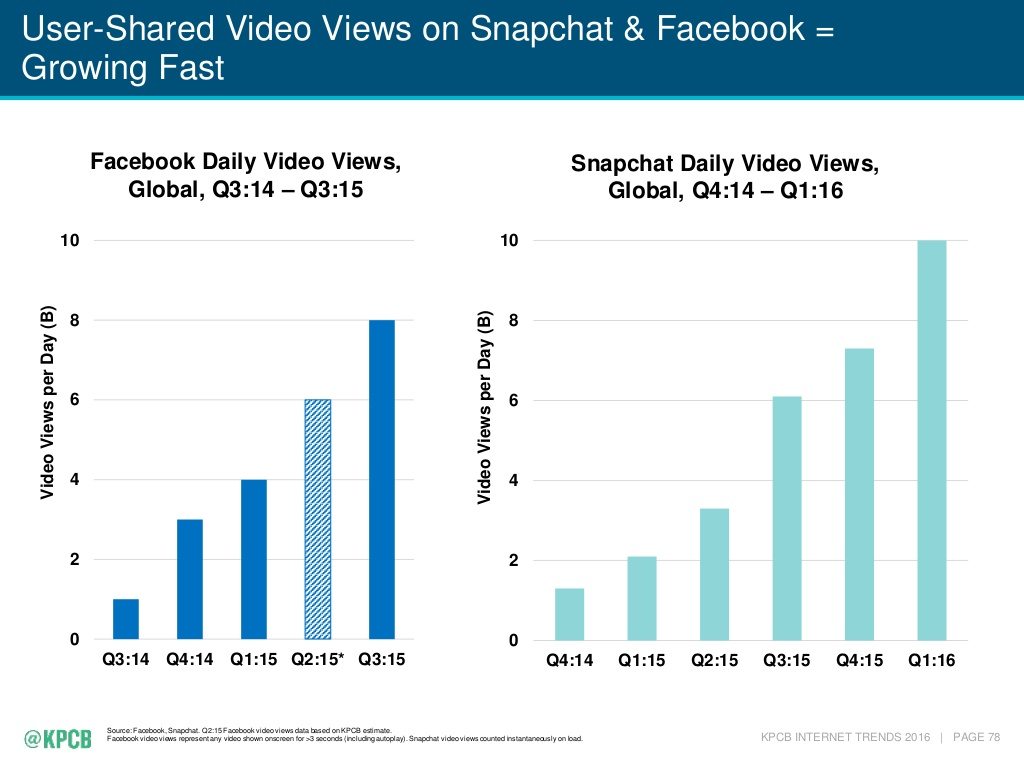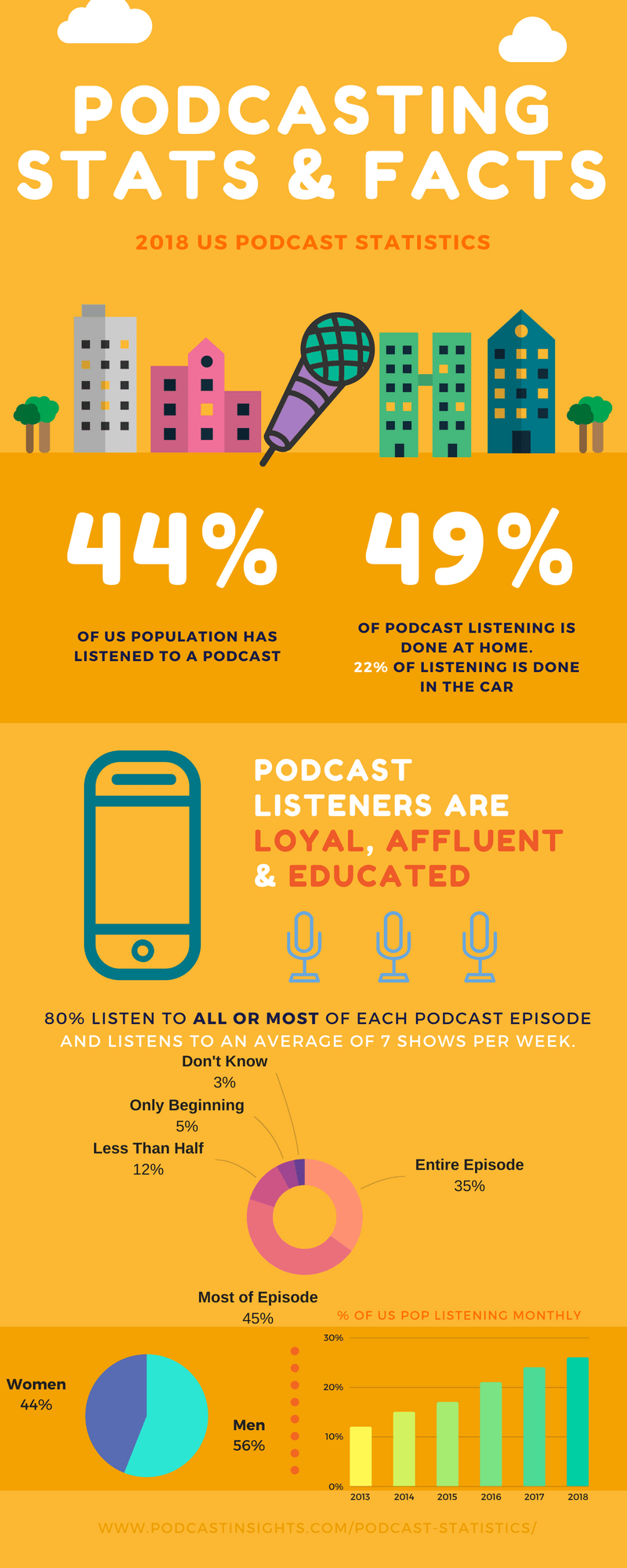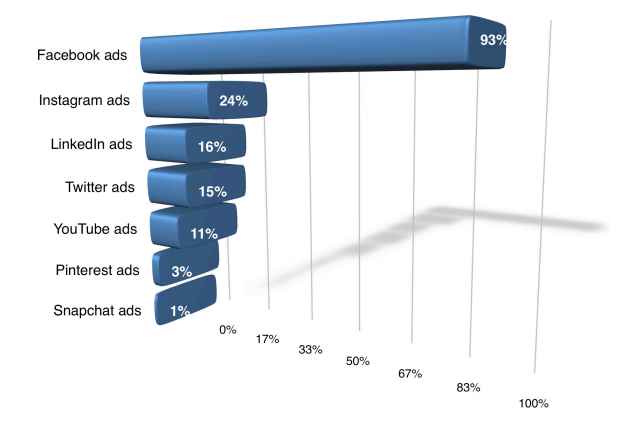Did you know that the average millionaire has about seven different income streams? It’s true. Millionaires don’t like risk when it comes to their wealth.
Those income streams look something like this:
- Earned Income
- Profit Income
- Interest Income
- Dividend Income
- Real Estate Income
- Capital Gains
- Royalty Income
Okay, why so many? Are all these millionaires just paranoid about their income and where it’s coming from?
Actually, yes. Millionaires are paranoid about keeping their income streams.
Millionaires know first hand that if one source of income suddenly fizzles out, their wealth has the potential of drying up unless other streams of income can pick up the slack. Diversification is the key to maintaining serious wealth.
Bloggers have something to learn from these millionaires.
It’s risky to rely solely on Google
Google is an amazing search engine. It provides so many bloggers with a LOT of traffic, and their algorithm is the best in the business when it comes to picking and choosing the best results to give Internet users.
The problem is sometimes they update their algorithm. And, our relatively dependable source of traffic could dry up, or at least drop like a stone.
During the summer of 2017, that happened.
I run a personal finance blog, and my traffic plummeted in September of 2018 after Google updated how they rank pages. Informally called the “Your Money or Your Life” update, the changes had a big effect on personal finance and money blogs.
It taught me that relying on Google as my primary source of income was risky, and while my blog might be enjoying lots of traffic now, there is no guarantee that’ll continue. This risk also falls squarely on every blogger.
What can we do to combat this risk?
Diversify your marketing strategy
Just like with most millionaires, the key to maintaining (and growing) your marketing success is to diversify where you’re spending your time.
Google is important, so keep writing with SEO in mind.
But, don’t only write with Google SEO in mind. It’s too risky to rely on a single marketing channel. And, the fact is there are so many different ways to expand your blog’s reach beyond relying on Google alone.
Examples of different marketing platforms to explore:
- Video (YouTube, Vimeo, etc)
- Podcasting
- Social Media
- Push Notifications
- Advertising (AdWords, Facebook ads, etc)
The list is virtually limitless, but let’s focus on these top 6 as they are the most important and accessible marketing platforms for bloggers.
Video marketing
Video is showing signs of being the wave of the future. Consider the fact that video-based content is skyrocketing in user shares:

According to Cisco, videos on the Internet will account for more than 80% of all consumer internet traffic by 2020. And, over 100 million hours of video is watched on Facebook every single day. And, that statistic was gathered back in 2016.
Our readers are prioritizing video and the more content we give our readers in a fashion that they really want, the more successful we will be.
After all, it is no surprise that YouTube is the second largest search engine in the world, and has been for a number of years.
The easiest way to start incorporating video content into your blog is to sign up for a YouTube account and start uploading videos that accompany your content.
I’ve done this a couple of times with screencasted tutorials.
Tutorials are super effective and generally easy to record. But, tutorials aren’t the only way to design video content. Interviews, discussions and comedy routines can help draw in audiences from YouTube as well as expand the types of content that you offer for your current collection of readers.
Consider embedding them directly into your blog posts. Pay special attention to making each video standalone, however, so users who might stumble on it in YouTube won’t be completely lost!
In fact, assume that the person watching your video doesn’t read your blog.
Podcasting
A podcast is an audio recording of a host (or group of hosts) talking about a particular subject. Generally, there’s a guest that joins the host in each podcast episode to provide another perspective, but not always.
Starting a podcast can be a monumental effort, but for many bloggers, it is well worth the time investment. Podcasts capture an entirely different audience and expand the marketing potential of a blog by offering audio content that listeners can download and listen to whenever they like.
Podcasts are becoming more popular with each passing year with nearly 45% of the U.S. population listening to podcasts. And, the wide majority of podcast listeners tune in for the ENTIRE episode, which is more than we can say for typical blog readers who only scan and rarely make it to the bottom.

Social media
We all know about social media (Facebook, Twitter, Pinterest, Instagram, etc), but few of us take full advantage of the opportunities that social media provides.
Too many bloggers are doing social media wrong. Let’s take Twitter as an example.
 A lot of bloggers sign up for an account on Twitter and then proceed to post a bunch of links to their own stuff before calling it a day. And the posts generally include the post title, post link, and that’s it.
A lot of bloggers sign up for an account on Twitter and then proceed to post a bunch of links to their own stuff before calling it a day. And the posts generally include the post title, post link, and that’s it.
This is a horrible social media strategy, and here is why.
Twitter (and social media in general) wasn’t designed to be a one-way advertising outlet. Most people won’t follow you on Twitter or Facebook just to get a bunch of scheduled tweets or posts to your own stuff and that’s it.
Especially Twitter.
On social media, the goal is to engage. Yes, it’s okay to post links to your own stuff, but don’t only post links to your own stuff.
How can bloggers get the most out of social media?
Don’t just choose any social platform. Not all content will perform well on just any network. For example, Pinterest tends to be far more popular among women than men. Nearly 60% of Instagram’s users are younger than 30 and nearly eight out of 10 Internet users log into Facebook. SproutSocial.com has an excellent post that covers social media demographics.
Curate the best in [your] business. Remember, other bloggers aren’t “competitors” in the same way that companies are to other organizations. Therefore, posting links to some of the best content in your blog’s niche is an excellent way to gain a huge following and establish quite a bit of trust. Bloggers love following other bloggers who post their stuff!
Adopt the 70-20-10 posting rule. In social media marketing, this rule can be broken down into three specific categories of social media content, as follows:
- 70% of your social content should add value to your store and build your brand’s recognition and attracting visitors to visit your site.
- 20% of your social content should share ideas from others in your industry (content curation) and spreading the love. This increases the chances of something you share going viral, which can explode your social following.
- 10% of your social content should promote you. Or, consider these posts experimental in nature. You’re trying new things to see what works. You’re getting out of your comfort zone and pushing the envelope.

Email marketing
I write a lot about email marketing on this site, and for good reason. Your email list is one of your best methods to reach your readers. Never forget that your email subscribers are ready and willing to visit your page.
After all, that’s why they dropped their email into your opt-in form.
Here’s a challenge: Would you like to venture a guess about what typical Internet users spend the most time doing online? And no, it has nothing to do with watching porn.
No surprise…it’s “Send or read e-mail”.

Email is huge. Everybody has an email address. If you aren’t using email as one of your primary marketing outlets, you need to change that, fast.
Here is how:
First, sign up with an email marketing provider. I highly recommend ConvertKit. They offer exactly what bloggers need out of their email provider with a clean and slick user interface. It’s simple. It’s easy. I only use ConvertKit.
After signing up with an email provider, create your first welcome email sequence. Then, decide on your strategy for sending an email. Some bloggers send an email each and every time they post something new.
Others prefer to send an email once a week. And, I’ve had some bloggers that seem to send emails completely at random, along with others who send them anywhere from several a week to only one or two a month.
There is no right or wrong answer. And often, it takes a little trial and error to get right for your audience. I like to start with more emails, then back off if your users are unsubscribing or telling you that it’s too many.
Push notifications
Most of us probably know what push notifications are on our phones. They enable applications to proactively notify you when something happens (rather than YOU manually checking). For example, a new email or text message alert is a push notification.
What are push notifications for a blog? They are very similar to those of your phone. It is a browser-based plugin that will notify your readers directly in their browser the instant you publish a new piece of content.
Though a relatively new way to digitally market your content, it is a growing way to get in front of your reader’s eyes. And, push notifications lead to a click often.
When using a push notification service, it’ll first ask your reader if they would like push notifications from your blog. It’ll look something like this:

If your reader allows the notifications, they will get a notification that looks something like this whenever you publish a new post on your blog:

Push notifications put your updates directly in front of the eyes of your readers. Your biggest challenge will be to actually get your reader to click the ‘Allow’ button.
Advertising
Advertising works, but it also tends to be a game of trial and error. Remember that the wide majority of your readers (and potential readers) are inundated with ads almost constantly throughout the day.
Your ad will need to offer them something different or they will subconsciously disregard it like they do 99% of every other ad that they see.
Popular ad mediums include:
- Google AdWords
- Facebook Ads
- Twitter/Reddit Ads
Social media (especially Facebook) is growing in popularity when it comes to advertising potential. In fact, according to Social Sprout, over 90% of social media advertisers are using Facebook these days.

If you’re good at advertising (which is much easier said than done), you stand to gain a lot of pageviews and conversions for products or services that you might be selling.
Diversify your marketing by looking outside of Google
Smart bloggers use a variety of platforms to market their blogs. Google is very often the main driving source of traffic, but it better not be the only source.
That’s a risky proposition.



